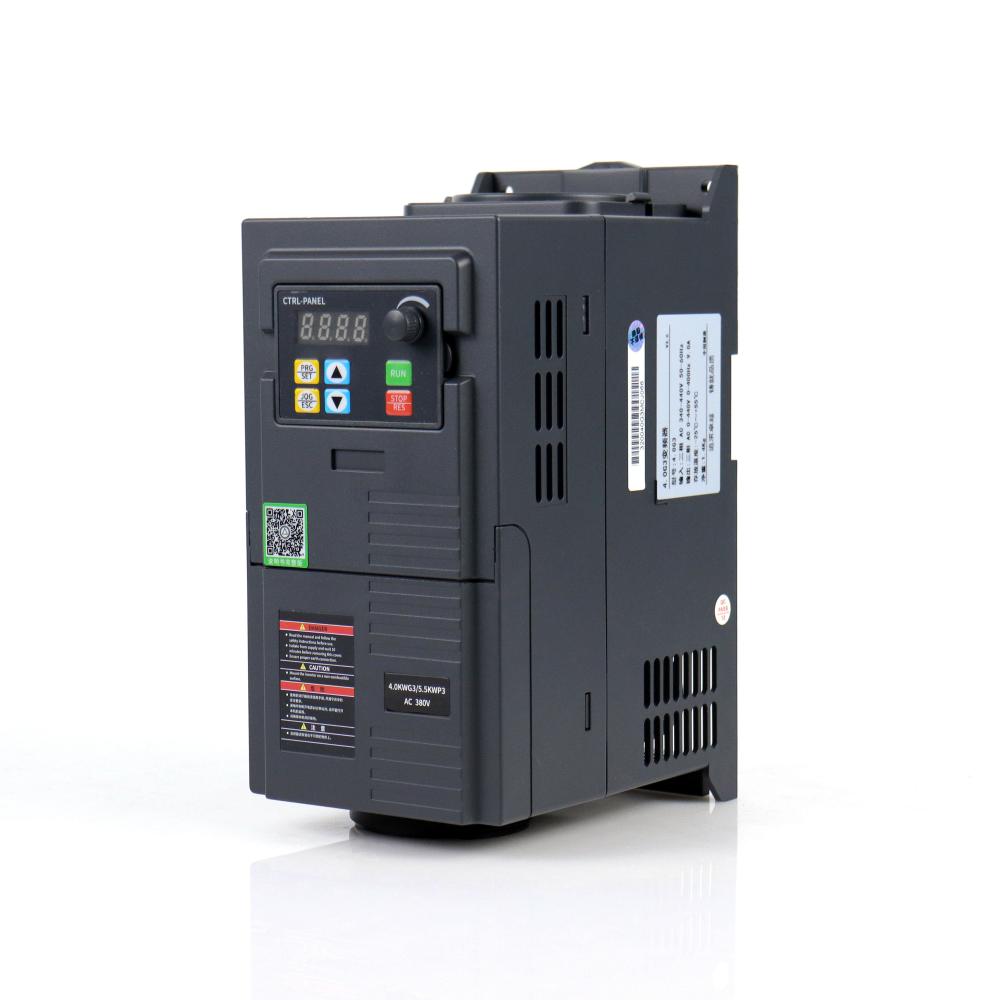Recently, I came across a discussion online about the use of the local variable area (L area) in the S7-200 PLC. Some users mentioned that "there's no official confirmation on the values of the L zone," and others suggested that "the official documentation should clearly explain how to use the L area."
As someone who prefers to look up answers in the manual or through software, I found a clear explanation in the S7-200 user guide. It states: "Reserved local memory is allocated for each of the 11 entities: 1 main program, 8 subroutine nesting levels when starting from the main program; 1 interrupt and 1 subroutine when starting from the interrupt program. Local memory is only accessible by its associated program entity and cannot be accessed by other parts of the program."
For example, if the main program calls subroutine 1 and subroutine 2, and then subroutine 1 calls subroutine 11, and subroutine 2 calls subroutine 21, both subroutine 11 and 21 are at the same nesting level. Each nesting level has its own separate L area. However, subroutines at the same level share the same L area, which means that the local data of a later-called subroutine may overwrite the data of the previously called one.
This behavior is important to understand when working with nested functions or interrupts, as it can affect the reliability and predictability of your program. While the L area provides flexibility, it also requires careful management to avoid unintended data overwrites. If you're using the S7-200, it's always a good idea to refer back to the manual and test your code thoroughly to ensure everything works as expected.
Frequency Inverters, also known as Variable Frequency Inverters or Variable Speed Drives, are electronic devices that are used to control the speed of an electric motor. They convert the incoming AC power into DC power and then back to AC power at the desired frequency and voltage. These devices are commonly used in industrial and commercial applications to regulate the speed of machines and equipment. Low Power Inverters, on the other hand, are designed for use in smaller applications such as home appliances and small machinery. They are typically less expensive and have a lower power output compared to their industrial counterparts. Overall, Frequency Inverters and Variable Frequency Inverters are essential components in modern industrial and commercial applications, while Low Power Inverters are more commonly used in smaller scale applications.
Frequency Inverter,Variable Frequency Inverter,Low Power Inverter,Variable Speed Drive

Frequency Inverter,Variable Frequency Inverter,Low Power Inverter,Variable Speed Drive
WuXi Spread Electrical Co.,LTD , https://www.vfdspread.com